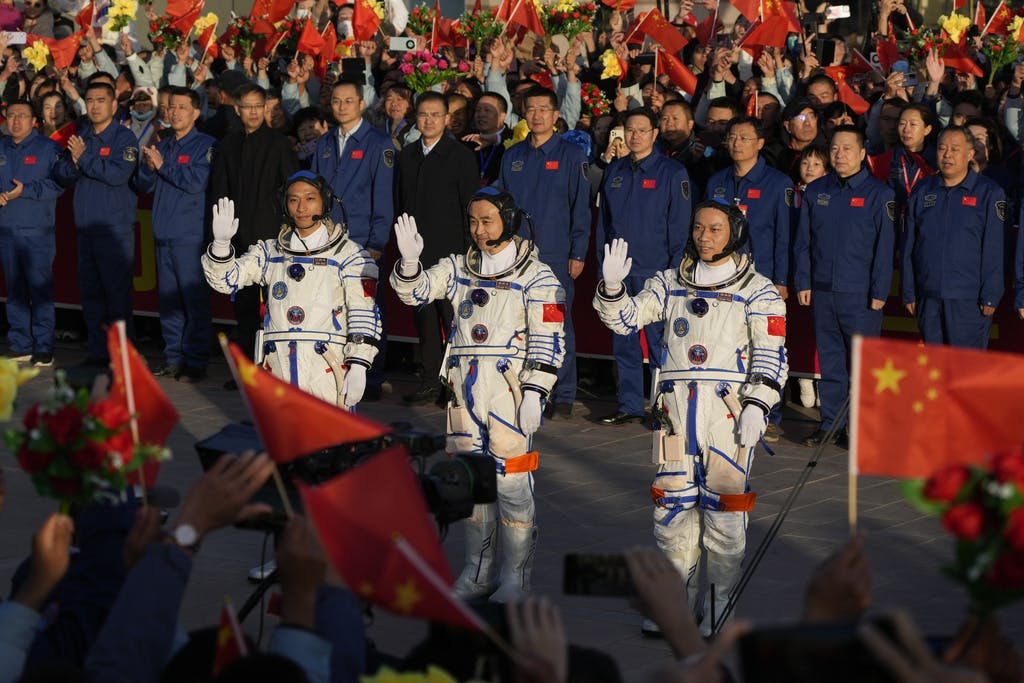China Embarks on Lunar Missions With an Eye on Moon’s Mysterious Dark Side
China has significantly bridged the gap in space exploration capabilities that once existed between it and spacefaring pioneers like the United States and Russia.

China is set to initiate a groundbreaking sequence of lunar exploration missions, marking significant advancements in its space exploration endeavors.
The forthcoming mission involves sending a robotic spacecraft on a challenging round trip to the seldom-explored far side of the moon. The venture is the precursor to an ambitious plan that encompasses the nation’s first crewed landing on the moon and the establishment of a base at the lunar south pole, Reuters reports.
Since the inception of the Chang’e project in 2007, named in honor of the mythical Chinese moon goddess, China has significantly bridged the gap in space exploration capabilities that once existed between it and spacefaring pioneers like the United States and Russia.
In a historic feat in 2020, China successfully retrieved samples from the near side of the moon, demonstrating its capacity to return an uncrewed spacecraft to Earth safely. This marked the first such achievement in over four decades and underscored China’s growing prowess in space technology.
The imminent Chang’e-6 mission, leveraging the backup spacecraft from the 2020 sample retrieval mission, aims to collect geological samples from the moon’s far side, a region perpetually hidden from Earth’s view. The mission’s complexity is heightened due to the absence of a direct communication line with Earth, relying instead on a relay satellite previously deployed into lunar orbit.
The satellite is crucial for the mission’s 53-day duration, particularly for the unprecedented task of ascending from the moon’s concealed side for the return trip.
China’s lunar exploration strategy includes the unmanned Chang’e-7 and Chang’e-8 missions, set for 2026 and 2028, targeting the lunar south pole’s exploration for water and the preliminary steps towards constructing an outpost in collaboration with Russia
Parallel to China’s endeavors, the United States, under its Artemis program, plans to return American astronauts to the lunar surface by 2026, focusing on the south pole, a region unvisited since 1972.

